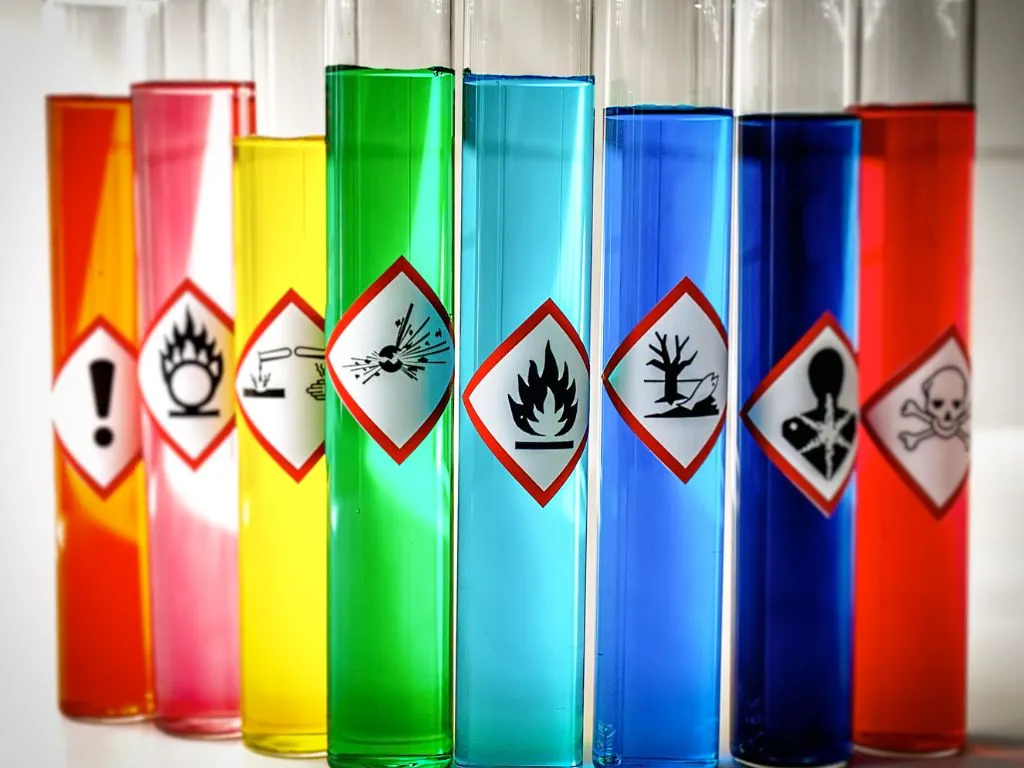News Details

ECHA Publishes Guidance Related to the New CLP Hazards Classes
On 20 April 2023 the European Chemicals Agency (ECHA) published details about application dates and other information related to the new CLP Hazard Classes that came into force on that same date.
The European Commission published a Delegated Regulation on 31 March 2023, setting out new hazard classes and criteria for the Classification, Labelling and Packaging of substances and mixtures (CLP). The Delegated Regulation applies to all chemical substances and mixtures placed on the EU market under REACH. It also applies to active substances in biocidal products and plant protection products. It is binding to manufacturers, importers, downstream users, and distributors placing substances on the EU market.
The new hazard classes, their hazard statements, and hazard statement codes are as follows:
|
Hazard Class and Category Code |
Code |
Hazard Statement |
|
Endocrine disruption for human health, Category 1 (ED HH 1) |
EUH380 |
May cause endocrine disruption in humans |
|
Endocrine disruption for human health, Category 2 (ED HH 2) |
EUH381 |
Suspected of causing endocrine disruption in humans |
|
Endocrine disruption for the environment, Category 1 (ED ENV 1) |
EUH430 |
May cause endocrine disruption in the environment |
|
Endocrine disruption for the environment, Category 2 (ED ENV 2) |
EUH431 |
Suspected of causing endocrine disruption in the environment |
|
Persistent, Bioaccumulative, Toxic (PBT) |
EUH440 |
Accumulates in the environment and living organisms including in humans |
|
very Persistent, very Bioaccumulativec (vPvB) |
EUH441 |
Strongly accumulates in the environment and living organisms including in humans |
|
Persistent, Mobile, Toxic (PMT) |
EUH450 |
Can cause long-lasting and diffuse contamination of water resources |
|
very persistent, very mobile (vPvM) |
EUH451 |
Can cause very long-lasting and diffuse contamination of water resources |
The new rules came into force on 20 April 2023 but there are transitional periods during which manufacturers, importers, downstream users, and distributors are not yet required to classify their substances or mixtures according to the new hazard classes. It is however possible to apply the new hazard classes on a voluntary basis. The transitional periods vary from 18 to 24 months for new/existing substances/mixtures. The deadlines can be seen below.
The guidance on applying the CLP criteria is expected to be updates in 2024. Until then companies and Member State Authorities can use the current guidance on identifying endocrine disruptors and assessing PBTs. The new hazard classes will be included in the IT tool IUCLID during spring 2024. After that companies can incorporate information related to the new hazard classes in their classification and labelling notifications, REACH registrations and dossiers for product and process orientated research and development (PPORD), as well as in their submissions under the Biocidal Products Regulation and poison centre notifications.
New substances must comply with the new Regulation from 1 May 2025, whereas substances which were placed on the EU market before 1 May 2025 compliant labelling is not required until 1 November 2026. For mixtures separate transition times apply. New mixtures must comply by 1 May 2026. For mixtures placed on the EU market before 1 May 20261 the deadline for compliance is 1 May 2028.
The complete text of the adopted Delegated Regulation can be found here: https://eur-lex.europa.eu/legal-content/EN/TXT/PDF/?uri=CELEX:32023R0707&from=EN
We acknowledge that the above information has been compiled from ECHA.


